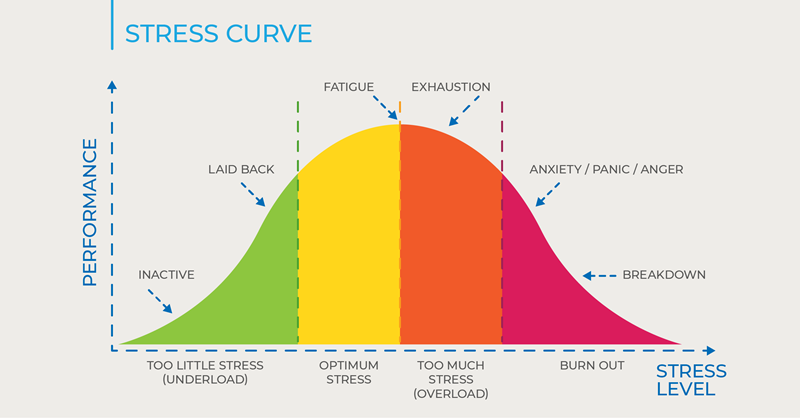Insights
Stress is defined as the adverse reaction people have to excessive pressures or other types of demands placed on them. Most employees will benefit from a certain amount of pressure in their work. It can keep them motivated and focused. However, when there is too much pressure placed on them, they can become overloaded and thus lead to stress which can affect the health of those affected and reduce their productivity and lead to performance issues.
In 2020 it is reported that 79% of British adults in employment regularly experience work-related stress making it the most common form of stress in the UK and therefore an issue that cannot be ignored by employers.
There are many causes of workplace stress and it is important that you identify potential causes within the workplace.
The list below identifies some of the most common triggers in the workplace. It is advisable that a risk assessment is undertaken to identify those which may exist in your workplace and the causes for them:
- Organisation culture.
- Bad management practices.
- Job content and demands.
- Physical work environment.
- Relationships at work.
- Lack of support.
- Role conflict.
- Heavy workload.
- Changes within the organisation.
- Changes to duties.
- Job insecurity recently heightened due to Covid19.
- Lack of autonomy.
- Poor Health and Safety standards.
Employers should recognise work related stress as a significant health and safety issue and take steps to ensure that employees are not subjected to unnecessary stress. An employer has a legal obligation to ensure the health, safety and welfare of its employees and as part of this, an employer must conduct risk assessments for work-related stress and take actions to prevent staff from experiencing a stress-related illness because of their work.
As an Employer What Can I Do?
- Give employees comprehensive training for their job.
- Ensure a safe working environment.
- Acknowledging work-related stress is a genuine problem.
- Discussing any issues and grievances with employees and taking action when possible.
- Recognise that employees also have personal lives which may on occasions clash with work demands so it is important that employers take this into account and where possible if required offer flexible working or time off.
- The truth is we all at one time or another will experience life challenges which can cause stress and impact into our working life.
The benefits in recognising and being proactive on the issue of workplace stress:
- Reduced sick leave.
- Reduced staff turnover.
- Increased productivity.
- Greater job satisfaction.
- Reduced costs to the employer.
- Improved employee health.
- A happier working environment generally for everyone.
What should I do if an employee reports work related stress?
- Do not ignore the issue in the hope it goes away. Meet with the employee and have a discussion to try find out the reasons and causes behind their workplace stress.
- Just listening to someone can be one of the most important things you do.
- Carry out a stress risk assessment.
- Devise an action plan with the employee.
- Continue to monitor the situation and meet with the employee.
- You may feel it appropriate to suggest the employee see their doctor for further help.
Speak to your Alcumus Health and Safety Consultant who can give you further advice.






